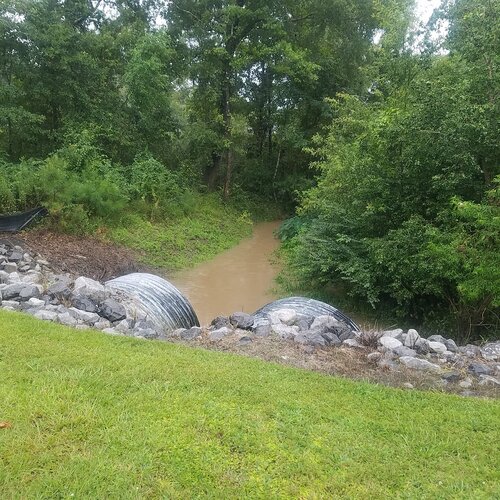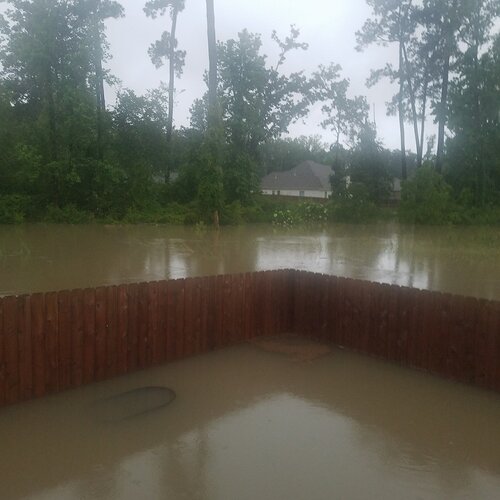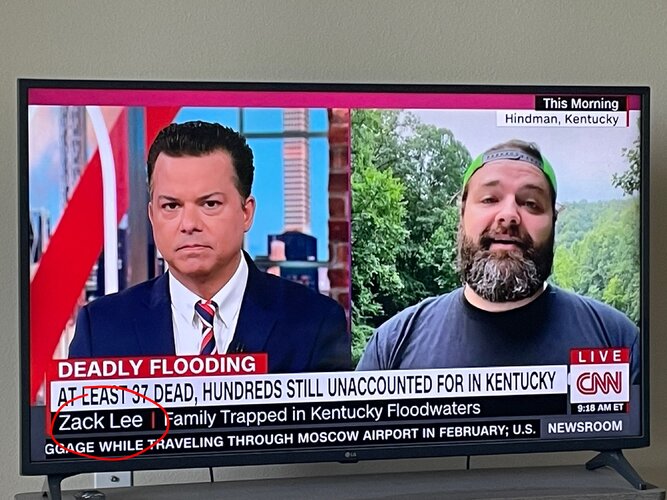Online
what the heck happened here? I have seen a few tweets from @bclemms - was there any sort of NWS "alerts" or was this one of those 'out of nowhere" situations?
My goodness- 15 fatalities so far and expected to climb.
Man...as a SELA resident, you are fully aware of flood risks. But to think that in the hilly parts of Eastern Kentucky, you could see devastation like they have seen from reported 8 inch rainfall is a eye-opener.
My goodness- 15 fatalities so far and expected to climb.
Man...as a SELA resident, you are fully aware of flood risks. But to think that in the hilly parts of Eastern Kentucky, you could see devastation like they have seen from reported 8 inch rainfall is a eye-opener.




